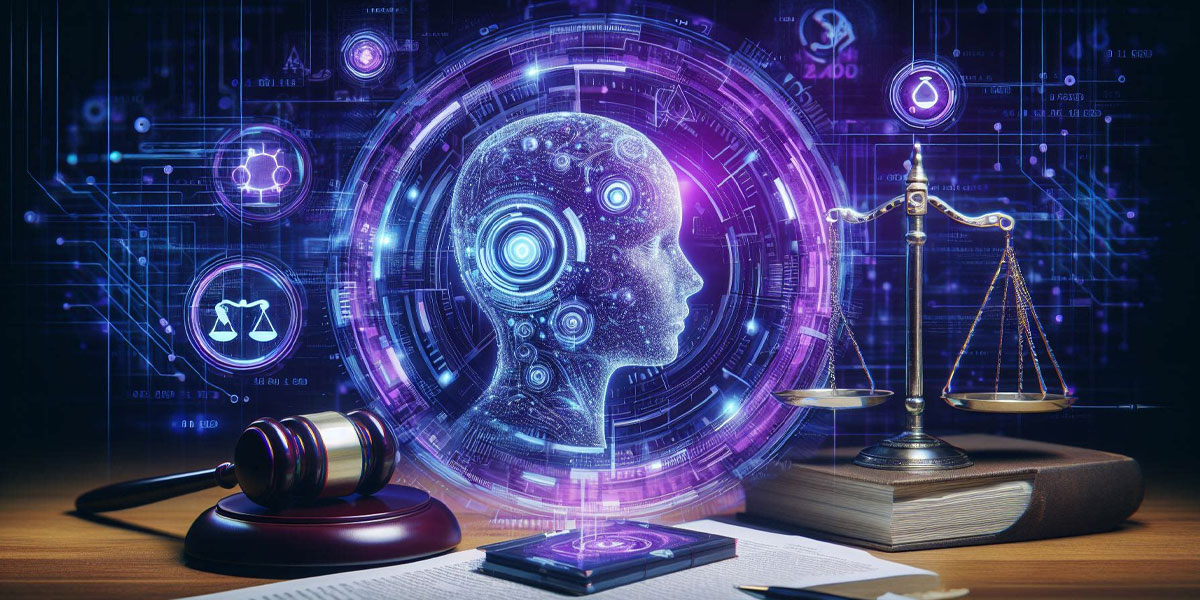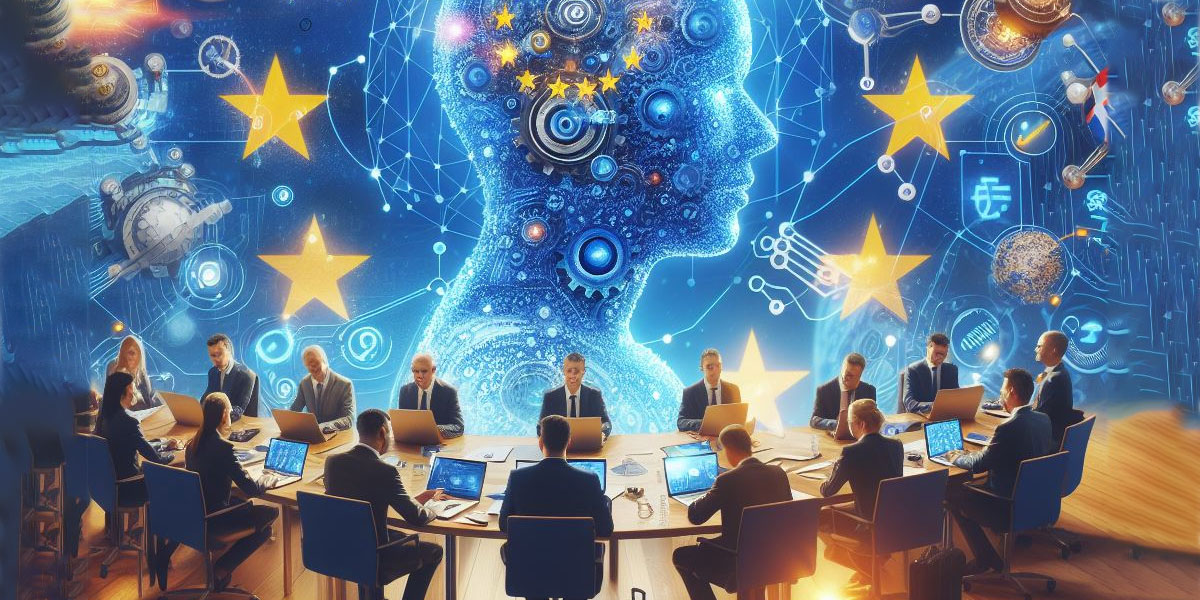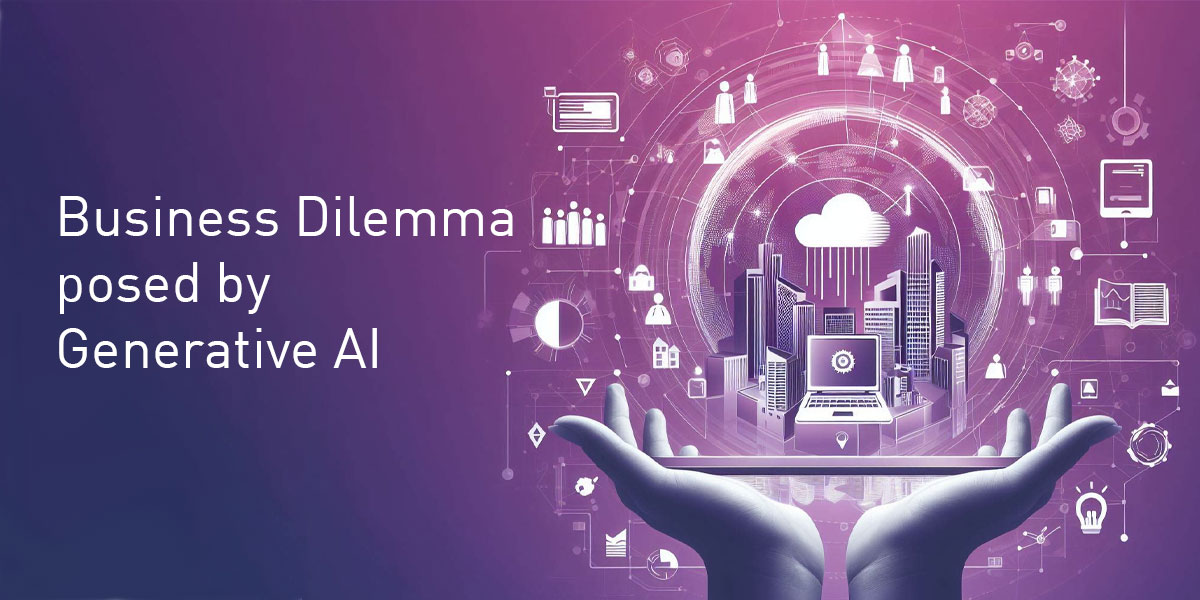Necessary cookies are absolutely essential for the website to function properly. These cookies ensure basic functionalities and security features of the website, anonymously.

Emergent Properties in AI: A Sign of the Future?
Emergent properties have long been a topic of wonder and intrigue across scientific fields, from the intricate designs of snowflakes in physics to the complexities of DNA in biology. The key idea is simple: when individual parts come together, they sometimes create patterns or behaviours that are unexpected and surprising. Renowned scientist Philip Anderson said "More is different". He pointed out that adding more of something can lead to entirely new results.
AI's Evolution
Artificial Intelligence (AI) has come a long way from its early days. Initially designed to perform simple tasks, today's AI systems are capable of complex reasoning, decision making and even creative expression. This evolution shows up a lot in the field of natural language processing, where computers are becoming very good at understanding and generating human-like text.
Language Models: The Giants of AI
A big part of this evolution has been 'language models'. These are massive computer programmes trained on large amounts of text data. The more data and computational power you give these models, the better they perform. But there is a surprise: as these models grow, they start showing abilities that no one taught them. It is as if by feeding them more information and making them larger, we unlocked new talents that were hidden.
Emergent Properties in AI
Emergent properties in AI refer to these unexpected abilities that appear as the system becomes more complex. For AI, this means that as we design larger and more intricate models, they start to show behaviours and skills that we did not expect.
For instance, when it comes to language models, there seems to be a threshold. Up to a certain point, the model's performance might improve steadily. But after this point, there's a sudden leap in abilities – a phase transition. This is a hallmark of emergent properties: the unexpected appearance of new traits that couldn't be predicted by just looking at smaller versions of the system.
Let's consider a few examples:
-
Music and Art Creation: AI models, after being trained on huge amounts of music and art, have started to create their own compositions and artworks. These aren't just random outputs; they often show a depth and complexity that challenge our traditional beliefs about creativity.
-
Chatbots: Advanced chatbots today can take part in conversations that feel very human-like. They adapt, show empathy and can even use humour.
-
Autonomous Vehicles: Self-driving cars are a blend of sensors, software and AI algorithms. They learn from their environment and can drive in complex scenarios that would not have been possible for older, simpler systems.
-
Swarm Intelligence: Using inspiration from groupings in nature, like flocks of birds or schools of fish, AI systems are being designed to work collectively, where they show behaviours that units working alone would not be able to produce.
The Road Ahead
Emergence in AI is a testament to the potential of technology and the mysteries it holds. While we have made significant improvements, many questions are still not answered. How do we harness these emergent properties? What ethical considerations come up when AI starts behaving in unpredictable ways? And perhaps, most importantly, what other surprises does AI have in store for us?






